Understanding the Risk of Oral STDs
Oral sexually transmitted diseases (STDs) are more common than many people realize. Engaging in oral sex with an infected partner can lead to transmission of various infections, including herpes, gonorrhea, syphilis, and chlamydia. While often overlooked, oral STDs can pose serious health risks if left untreated.
Many individuals who contract oral STDs do not experience immediate or obvious symptoms, which increases the risk of unknowingly spreading the infection. Knowing how to identify and test for these infections is crucial for your personal health and for protecting others.
1. Common Types of Oral STDs and Their Symptoms
1.1 Oral Herpes (HSV-1 or HSV-2)
Oral herpes is caused by the herpes simplex virus and often presents as cold sores or blisters around the lips or inside the mouth. The first outbreak can be intense, accompanied by fever, swollen lymph nodes, and painful sores. Many individuals, however, carry the virus without noticeable symptoms.
1.2 Oral Gonorrhea
Caused by the bacterium *Neisseria gonorrhoeae*, oral gonorrhea may lead to a sore throat, redness, or swollen tonsils. Sometimes, the infection is asymptomatic. If untreated, it can contribute to more serious complications or be transmitted to sexual partners.
1.3 Oral Chlamydia
Though rare, oral chlamydia can infect the throat and is usually asymptomatic. When symptoms occur, they often include a mild sore throat, dryness, or discomfort when swallowing. It is often mistaken for a common cold or flu.
1.4 Syphilis in the Mouth
Oral syphilis may start with painless sores or ulcers in the mouth or on the lips. As the infection progresses, it can cause rash, fever, and muscle aches. Syphilis is highly contagious and requires prompt medical attention.
2. How to Check for Oral STDs
2.1 Recognize Early Warning Signs
The first step in checking for an oral STD is to be aware of symptoms such as persistent sore throat, unexplained sores, white patches, or swollen lymph nodes in the neck. These signs do not confirm an STD but are indicators that medical attention may be necessary.
2.2 Seek Professional Testing
Visiting a healthcare provider is the most reliable way to check for oral STDs. Doctors or dentists can perform visual examinations and order lab tests, including:
- Throat swab cultures to test for gonorrhea or chlamydia
- Blood tests to detect syphilis or HIV
- PCR tests to identify herpes virus DNA
These procedures are quick, non-invasive, and usually performed in sexual health clinics or dental offices with STD screening services.
2.3 At-Home Testing Options
For those seeking privacy, at-home STD testing kits are available online. Many kits provide swabs for the throat and clear instructions. However, follow-up with a medical professional is recommended if results are positive or unclear.
3. A Real Story: Jason’s Experience With Oral Gonorrhea
Jason, a 28-year-old graphic designer from San Diego, shared his story with us. After a weekend trip with a new partner, he began noticing a constant sore throat and swollen tonsils that wouldn't go away. Initially thinking it was a seasonal cold, Jason waited it out for two weeks.
When symptoms persisted, he went to his dentist during a routine cleaning. The dentist noted irritation and recommended Jason visit a clinic. After a simple throat swab, Jason tested positive for oral gonorrhea. He was treated with antibiotics and fully recovered within a week. Jason now emphasizes the importance of regular check-ups and safer sex practices.
4. Preventing Oral STDs
4.1 Use Protection During Oral Sex
Condoms and dental dams significantly reduce the risk of oral STDs. These barriers protect against contact with infected fluids or sores. It's important to use them even if your partner shows no signs of infection.
4.2 Regular Health and Dental Check-ups
Dentists are often the first to detect unusual oral lesions. Schedule regular dental visits and be open about your sexual health history. Early detection is key to preventing complications.
4.3 Honest Communication with Partners
Open conversations about STDs with your partner help build trust and ensure mutual protection. Encourage regular testing and agree on safe practices together.
5. What to Expect During an Oral STD Test
5.1 At the Clinic
During your visit, a provider will ask about your symptoms and sexual history. You may be asked to open your mouth for a visual exam. A throat swab will be taken and sent to a lab. The process is quick and painless.
5.2 After the Test
Results are usually available within a few days. If positive, you will receive appropriate treatment—typically antibiotics or antiviral medication. It is important to complete the full course and notify recent partners.
6. Why Regular Testing Matters
Oral STDs can spread even when symptoms are absent. Regular testing helps identify hidden infections and prevents long-term health issues like infertility, increased HIV risk, and oral cancers. Even if you feel fine, a simple test can provide peace of mind and protect others.
Don't wait for symptoms to appear. Be proactive. Visit a local clinic or dental provider today. And for expert service recommendations tailored to your needs, explore Dentistry Toothtruth.

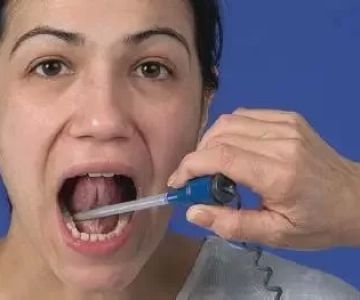

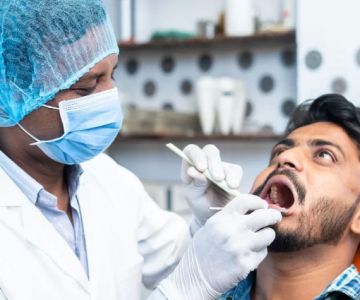
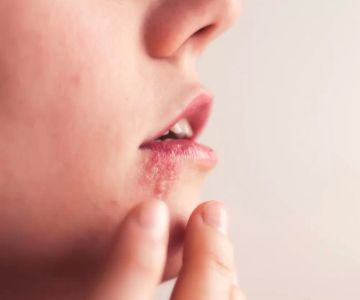
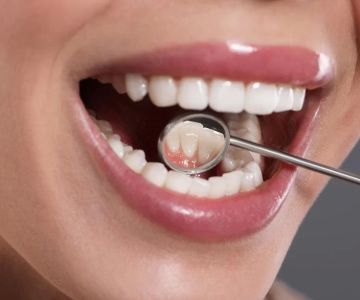
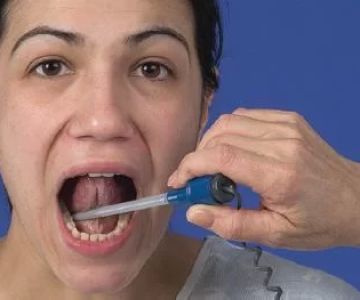
 Sundance Endodontics5.0 (254 review)
Sundance Endodontics5.0 (254 review) Kaiser & Rosen Dental Associates4.0 (107 review)
Kaiser & Rosen Dental Associates4.0 (107 review) Bonanza East Dental4.0 (24 review)
Bonanza East Dental4.0 (24 review) Barclay Family Dental4.0 (152 review)
Barclay Family Dental4.0 (152 review) Children's Dentistry5.0 (1 review)
Children's Dentistry5.0 (1 review) Tend East Nashville4.0 (319 review)
Tend East Nashville4.0 (319 review) The Importance of Oral Health Education During Pregnancy for a Healthy Pregnancy
The Importance of Oral Health Education During Pregnancy for a Healthy Pregnancy Best Tips for Brushing Your Teeth Properly for Healthy Gums: Essential Techniques for Oral Health
Best Tips for Brushing Your Teeth Properly for Healthy Gums: Essential Techniques for Oral Health Why Skipping Dental Checkups Can Lead to Bigger Oral Health Problems
Why Skipping Dental Checkups Can Lead to Bigger Oral Health Problems Advantages of Porcelain Dental Restorations
Advantages of Porcelain Dental Restorations How Can Diabetes Cause Tooth and Gum Problems? Preventing and Managing Oral Health Issues
How Can Diabetes Cause Tooth and Gum Problems? Preventing and Managing Oral Health Issues Healthy Habits for Promoting Good Oral Health and Hygiene: Tips for a Healthy Smile
Healthy Habits for Promoting Good Oral Health and Hygiene: Tips for a Healthy Smile